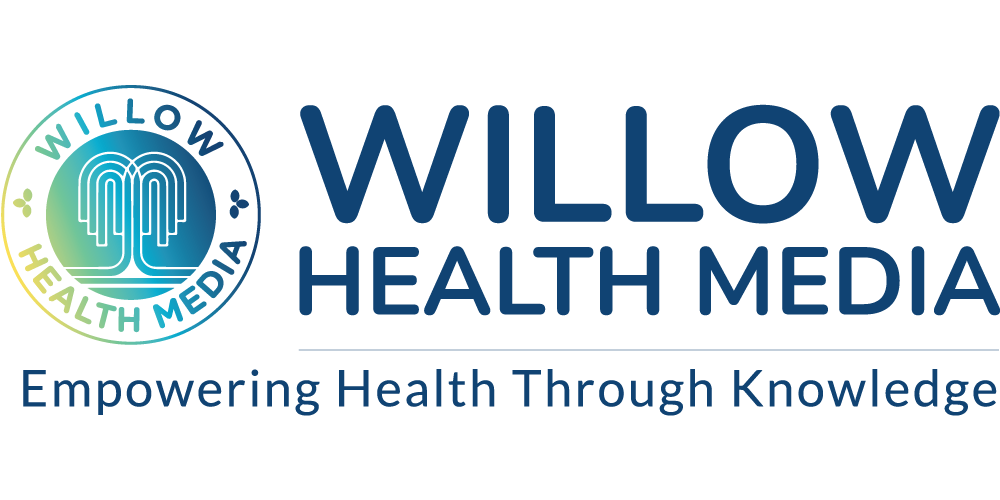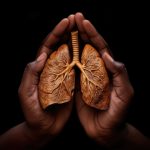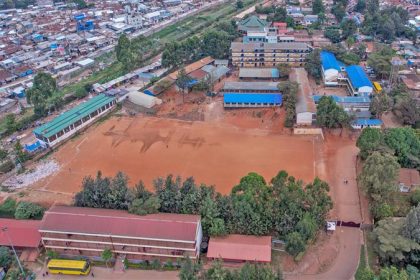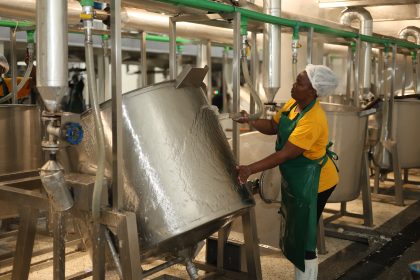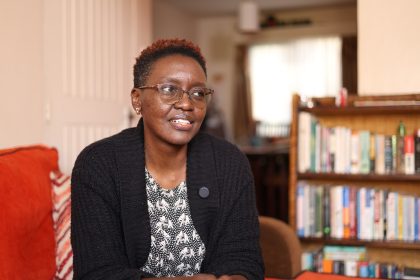Breastfeeding in the first golden hour after birth wraps newborns in life-saving protection, while continued nursing shields them against childhood mortality making a mother’s milk their first vaccine
Kenya could save 500,000 children’s lives each year through better breastfeeding practices, but poor implementation is costing the country Ksh240 billion annually in healthcare expenses. Health experts call this a public health emergency, despite Kenya having some of Africa’s best breastfeeding policies.
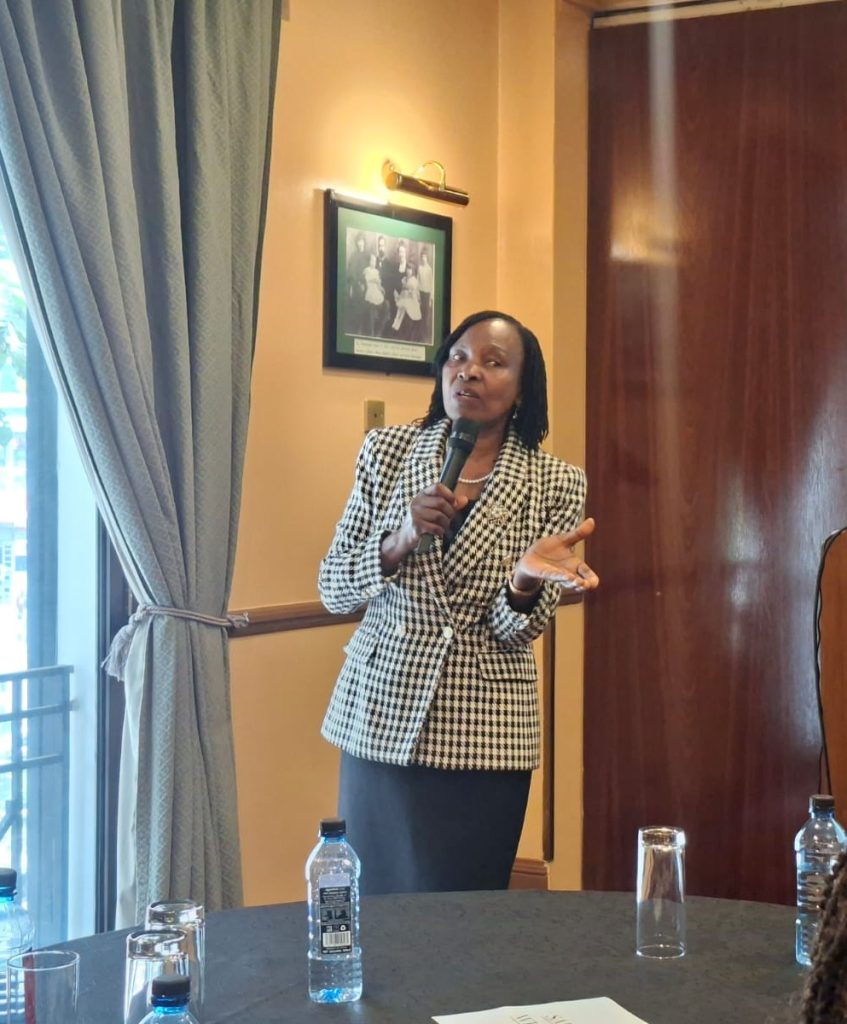
Kenya’s exclusive breastfeeding rates have dropped slightly from 61 per cent to 60 per cent and haven’t improved since 2014. This lack of progress has health experts calling breastfeeding a “magic bullet” for better healthcare as World Breastfeeding Week 2025 approaches.
Prof Grace Irimu from the University of Nairobi’s Department of Paediatrics and Child Health says Kenya is losing ground to its neighbours. In 1990, Kenya was the regional leader in keeping children alive. Now, Kenya’s rate of reducing baby deaths in the first month of life is only 0.7 per cent per year. This is much slower than Rwanda (2.8 per cent), Tanzania (2.2 per cent), and Uganda (2.4 per cent).
The 2022 Kenya Demographic and Health Survey shows that of every 41 children who die before age five, 26 die in their first month of life. This makes early actions like breastfeeding extremely important.
Other East African countries doing better, yet they copied Kenya’s policies and guidelines
“We lose about 4.8 million children under five globally every year, and out of that 4.8 million, 2.3 million are newborns,” Prof Irimu explained. Babies aged 0–28 days make up 47 per cent of all deaths of children under five.
“Kenya cannot achieve the SDGs. It will not,” Prof Irimu stated, noting how other East African countries are now doing better than Kenya, even though they copied Kenya’s policies and guidelines.
Dr Sultani Matendechero, Senior Deputy Director at the Ministry of Health, explains the financial crisis in simple terms. Kenya needs Ksh550 billion annually for healthcare, but the government only gives Ksh132 billion to national health services. Counties get about Ksh121.5 billion more for health (30 per cent of their Ksh405 billion budget). This adds up to only Ksh250–Ksh260 billion, leaving Kenya Ksh300 billion short of what it needs.
“It has been shown that when we invest one shilling in disease prevention and health promotion, we save upwards of Ksh9 that would have gone into treatment, rehabilitation, and palliative care,” Dr Matendechero explained.
Good disease prevention could “save upwards of Ksh240 billion annually, equivalent to building five stadia,” he calculated. This assumes that preventing disease could solve 80 per cent of the funding shortage.
500,000 Kenyan children under five years would be saved by proper breastfeeding annually
The medical proof is clear about breastfeeding’s power to save lives. Prof Irimu revealed that “optimal breastfeeding contributes to about 12 per cent of the deaths among the under-five,” while “breastfeeding in the first one hour after delivery will save 33 per cent of the newborns.”
“500,000 Kenyan children every year below five years would be saved by proper breastfeeding techniques,” Prof Irimu stated, referring to how many lives could be saved annually through better breastfeeding practices.

But Kenya isn’t reaching this potential. The 2022 Kenya health survey shows only 60 per cent of babies under six months get only breast milk, and 60 per cent of newborns are breastfed within their first hour of life. These numbers haven’t changed since 2014.
Different parts of Kenya perform very differently, and this drags down the national average. The best-performing counties include Kilifi with 90 per cent exclusive breastfeeding, Nyeri with 85 per cent, and Kiambu with 84 per cent.
But counties with many people struggle: Nakuru manages only 41 per cent, Kisii 33 per cent, while Nairobi achieves 67 per cent despite having many people.
“Because of the large number of low-performing areas, then they will bring the average down for the whole country,” Prof Irimu explained. “This disparity is what we should be addressing.”
Milk banks help the most vulnerable babies when mothers can’t produce enough milk
Dr Emily Njuguna from PATH introduced human milk banks as an extra help. “We implemented the first human milk bank at Pumwani in concert with the Ministry of Health as well as the County Government of Nairobi as a pilot project,” she explained.
These milk banks help the most vulnerable babies when mothers can’t produce enough milk. “The gold standard that has been set by WHO is mother’s own milk,” Dr Njuguna clarified, emphasising that donated milk only provides temporary support while helping mothers build up their own milk supply.
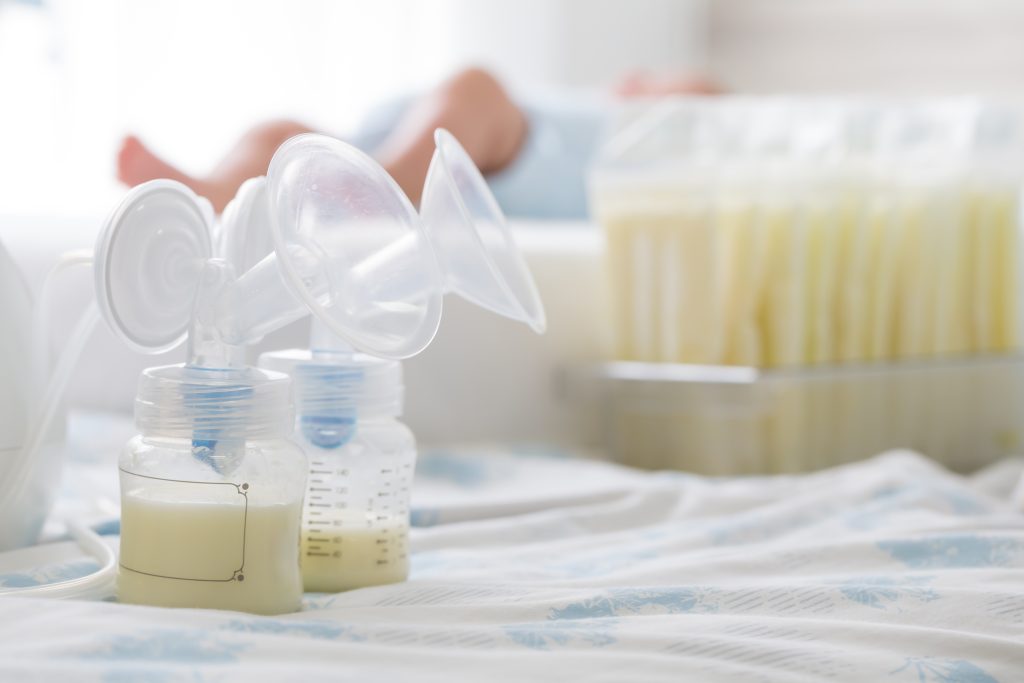
Several problems prevent good breastfeeding practices. Dr Matendechero highlighted key challenges: “Several challenges persist; misinformation, stigma, limited workplace support, and the aggressive marketing of breast milk substitutes continue to undermine optimal breastfeeding practices.”
Hospital practices also create problems. Prof Irimu pointed to common hospital habits: “In our hospitals, because of the IV fluids, intravenous fluids, which are very common. Those intravenous fluids should not even be anywhere. It’s easier to put a drip than to tell a mother how to express. It’s much easier.”
Companies selling baby formula create more obstacles. “When you go to the supermarket, where are the formulas placed? Strategically. You must see them. So, what does that mean? They are in business,” Prof Irimu observed, stressing that successful breastfeeding requires proper training, challenging what many people assume comes naturally.
Breastfeeding is naturally good for the environment because it needs no factories
“Breastfeeding is a learned process. It’s not a natural process,” she offers “It is a learned process, and the problem is the simplicity, so that somebody will ask you, ‘What are you going to teach me? I have three children.’ But if you find out those children were not breastfed well, maybe the mother even had breast abscess and so many other complications.”
The 2025 World Breastfeeding Week theme connects breastfeeding to protecting the environment.
Purity Kibe, a nutrition expert at the Ministry of Health, explained how this helps fight climate change: “We will focus on environmental and climate change, which highlights the roles in how we are going to support breastfeeding to create a sustainable environment.”
Breastfeeding is naturally good for the environment because it needs no factories, packaging, or transport, unlike baby formula, which requires heavy industrial processes, plastic packaging, and shipping.
This environmental benefit supports multiple global development goals, particularly health and well-being, responsible consumption, and climate action.
Kenya has strong laws, including the Breast Milk Substitutes Regulation and Control Act of 2012.
All workplaces must have breastfeeding rooms: “Each and every workplace must have a breastfeeding room. That is the law. It is not an option that you are doing a favour. That is the law that you must provide for the nursing mothers,” Dr Matendechero noted.
There must be maternity protection to ensure breastfeeding breaks at the workplace
Implementation strategies include making hospitals and communities more baby-friendly. “Currently, over 1,500 community health units are implementing the baby-friendly community initiative,” Dr Matendechero reported.
Fixing this problem requires different sectors working together. Dr Matendechero outlined specific roles: “The labour sector must enforce maternity protection and ensure breastfeeding breaks at the workplace. The education sector can promote breastfeeding awareness and help shape positive attitudes from a young age. Social protection programmes can integrate nutrition-sensitive support for vulnerable mothers.”

“These challenges cannot be addressed by the health sector alone. This is why the 2025 World Breastfeeding Week campaign calls for strengthened collaboration across all sectors,” he emphasised.
Dr Matendechero stressed the urgent need for change: “There is no way this country can experience economic development if we still have the same kind of indicators that we have if there is no universal health coverage. Some of the innovative ways in which we can make this happen are through breastfeeding.”
The message from health experts is clear: Kenya’s economic future depends on turning its excellent breastfeeding policies into real action, potentially saving hundreds of thousands of lives and billions of shillings each year.
